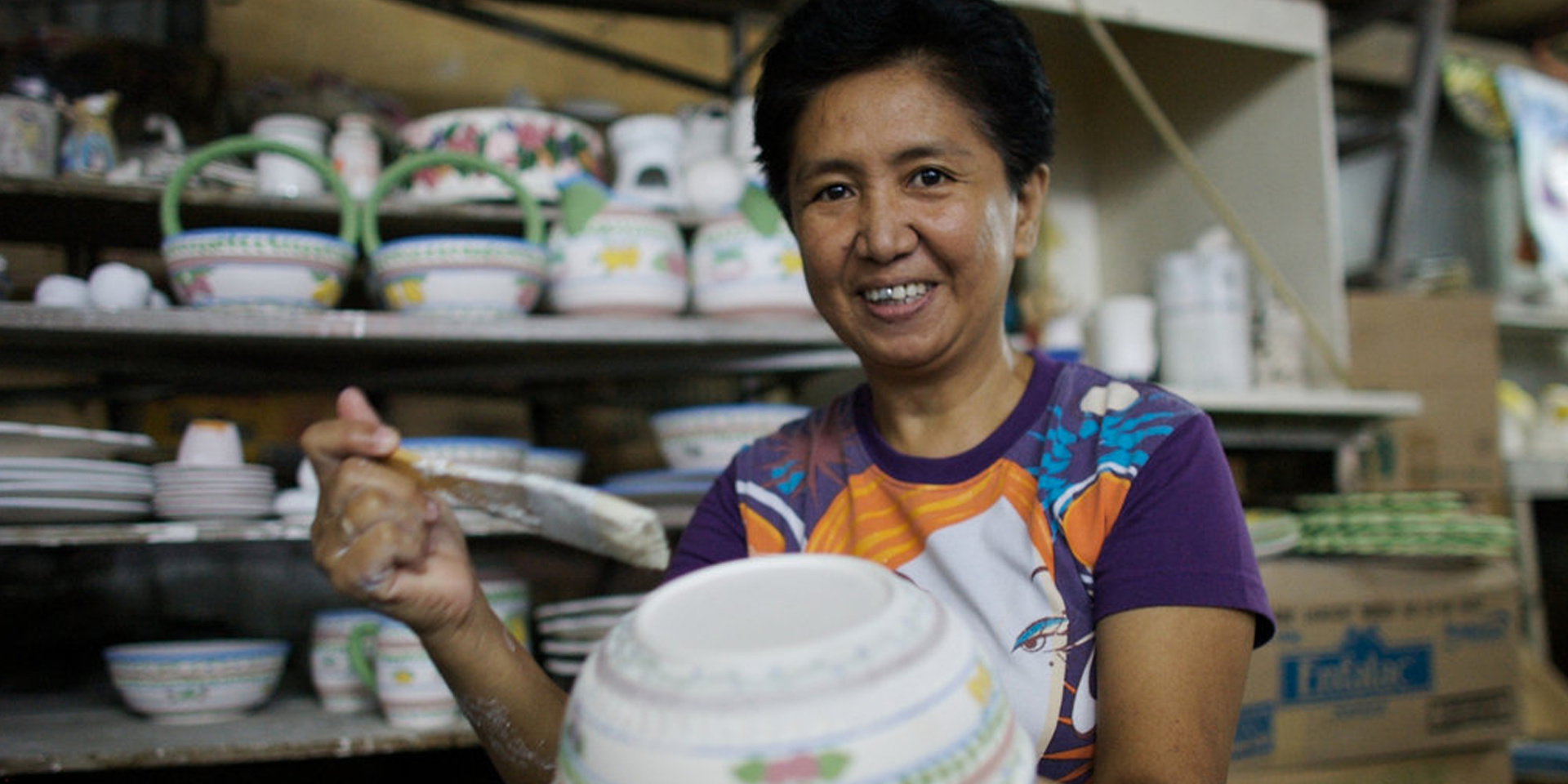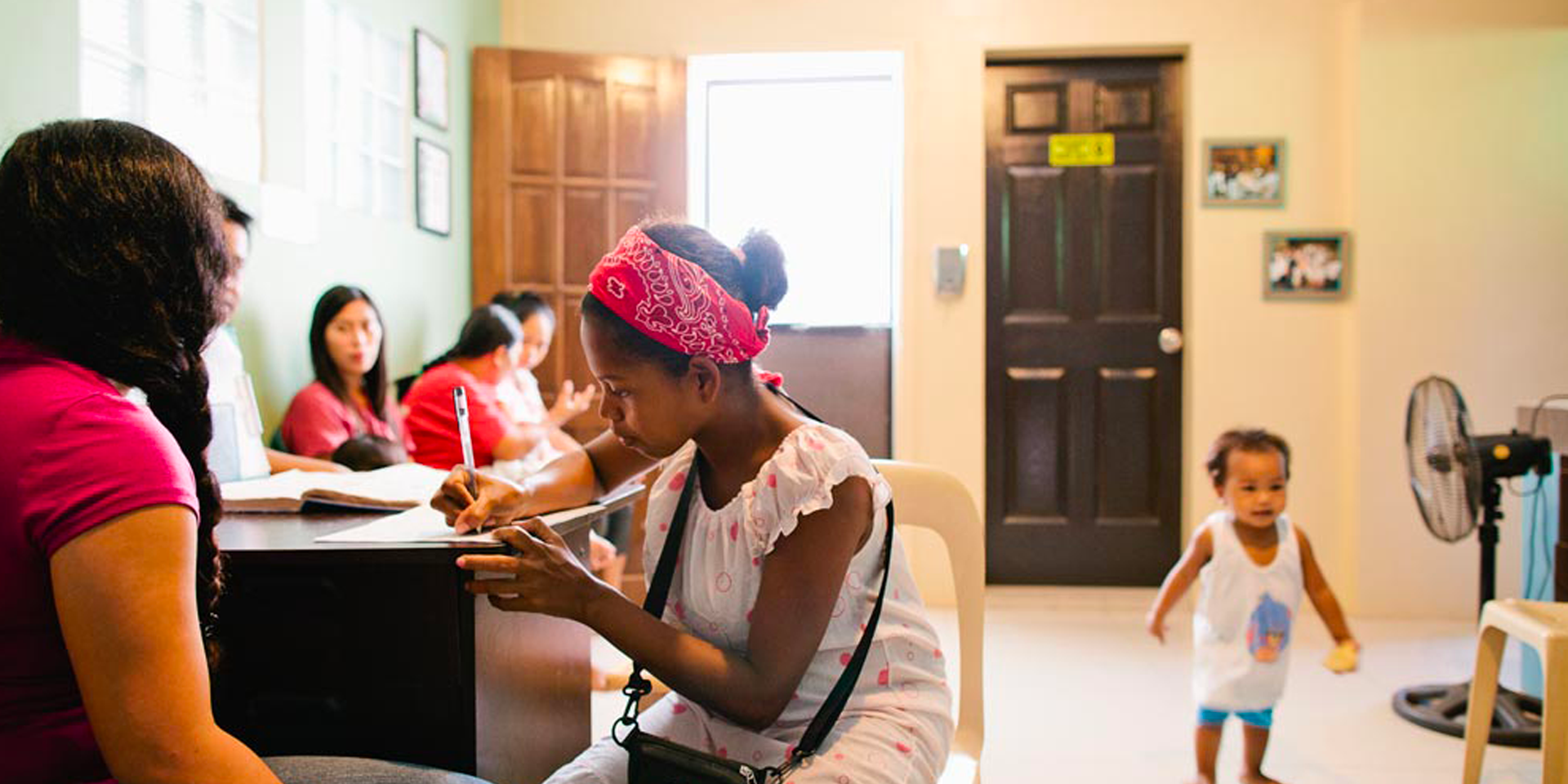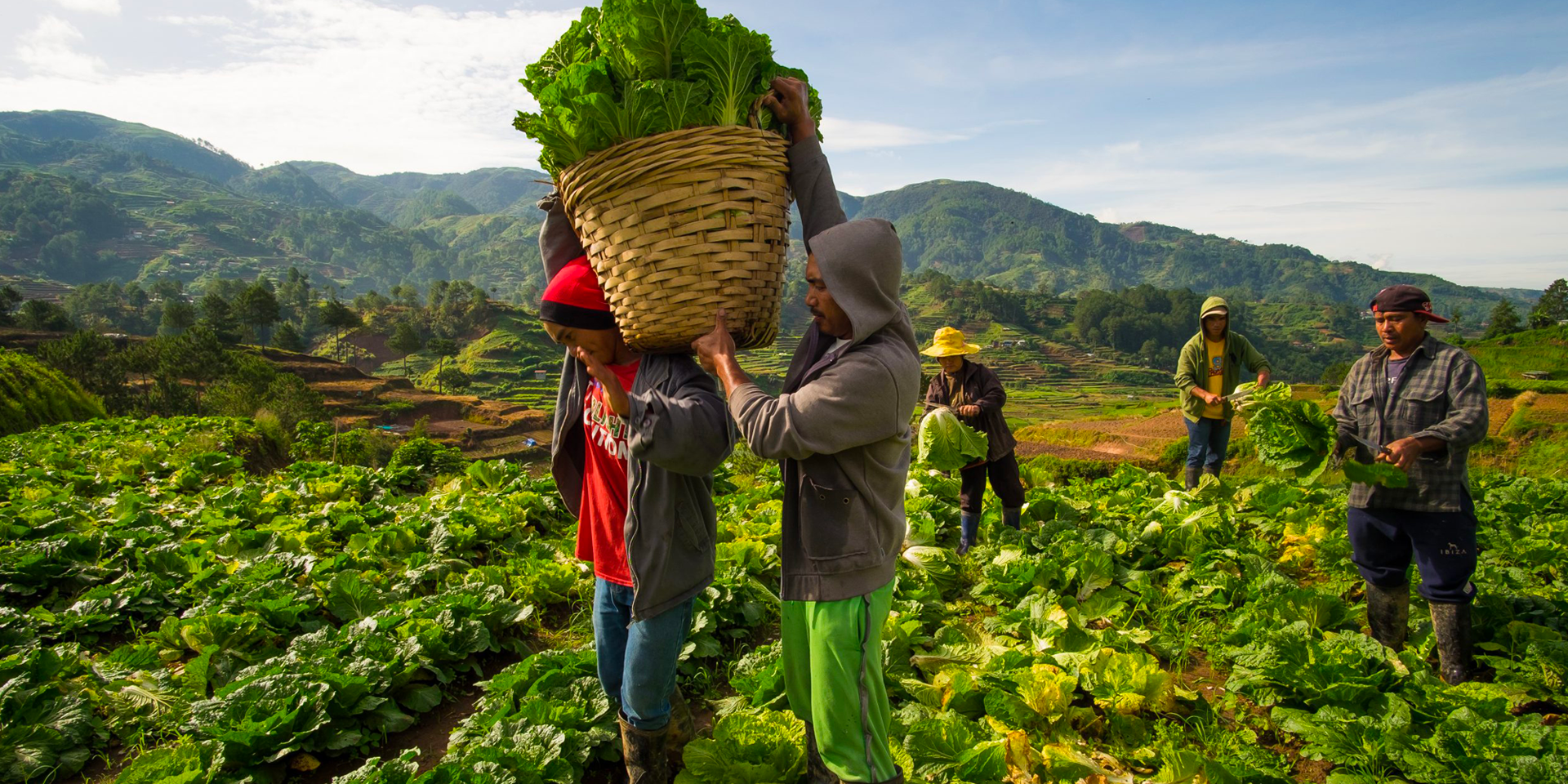This was originally published in Business World
One of the most notable shifts seen during the coronavirus disease 2019 (COVID-19) pandemic is the growing use of digital payments. Although cash and coins are still used, electronic wallets and digital services were further appreciated for the conveniences they provide.
This shift was highly driven by a bigger one that the pandemic caused to accelerate — digitalization. In particular, financial technology or fintech has played a much bigger role in connecting consumers with banks, merchants, and other financial services providers.
From the perspectives of consultancies, as digitalization pushed further forward amid the pandemic, fintech’s growth is imminent.
V Ram, vice-president and chief technology officer at Tata Consultancy Services, noted that by enabling more companies and financial institutions to consider digital platforms, the pandemic has pushed digital transformation by several orders of magnitude.
“The pandemic has pushed customers and companies over the digital technology tipping point and transformed adoption for many businesses into a priority. In just a few months, the crisis has accomplished years of digital transformation in most banks and companies by five to seven years,” he said during the first of a three-part BusinessWorld Insights online forum series themed “Fintech for a Financially Inclusive and Resilient Economy.”
He added that new opportunities for the finance sector are opening as most companies across the world has put up at least temporary solutions to meet newly scaling demands, much more than what they thought would be possible.
“As it was, the world continues to enjoy a modicum of entertainment, even if it was not in their regular settings like in the cinema. Trade and commerce also held up pretty well from short-term impacts thanks to fintech. Now is the chance for us to accelerate and take things forward. This is where we see fintech reshape the financial ecosystem,” he said.
Moreover, Frost and Sullivan ICT and Fintech Head Shailendra Soni noted that while the financial revolution started slightly late in the Philippines compared to its neighboring countries, the country will certainly catch up.
“There will be more and more [fintech] services launched [that are] particularly putting consumers and enterprises at the center to make them pay better, save money, invest money, and insure themselves,” Mr. Soni said during the second part of the online forum.
As people are beginning to experience these digital payment services and eventually realize their benefits, Mr. Soni added, the migration to more fintech-related solutions will also start.
“I believe there is going to be infrastructure on the Internet that will become much better. There will be policies, rules, and regulations in place that will further accelerate the overall adoption of fintech. There’s no U-turn; it’s going to grow,” he said.
Alongside such foreseen growth, fintech is expected to perform significant roles in further enabling financial inclusion in the country, empowering businesses, and expanding the access of basic financial services.
Financial experts are seeing in fintech solutions new opportunities to push the country closer to the goal of full financial inclusion, as the first part of the BusinessWorld Insights series tackled.
Bangko Sentral ng Pilipinas Assistant Governor Edna C. Villa said that while enlarging the economic pie is a necessary condition to reach the vision of creating a high quality of life among all Filipinos, it is not sufficient.
“The larger economic pie must be available at least for more, if not for all,” she pointed out.
Such ideals are the foundation for the BSP’s Digital Payment Transformation Roadmap for 2020 to 2023, which seeks to develop a digital payments ecosystem that targets current consumer and business needs to boost digital payments. One of its key targets is expanding the financially included to 70% of Filipino adults.
“We all know that payments is the most basic and most used financial service. Everyone uses it. It stands to reason therefore that there ought to be greater incentive to innovate in the payments sphere,” she said.
The transformation road map includes the acceleration of EGov Pay, the digital government collection system for taxes, licenses, permits, etc., established for secure, contact-free channels for Filipinos to transact with the government.
“The pandemic undoubtedly helped accelerate the preference for digital transactions. We are convinced that the trend will continue even post-pandemic,” Ms. Villa said. “If we are to maintain the momentum, however, we need to be deliberate in innovating to pave the way for greater financial inclusion. For our part, the BSP will continue to provide what we believe is an enabling regulatory environment for fintech innovations.”
Sparky Perreras, co-founder and CEO at digital banking solutions provider PearlPay, Inc., said that fintech companies have an opportunity to position themselves as the bridge to connect rural communities with the greater financial world.
“When COVID-19 struck, the biggest problem in terms of the business challenges for community-based financial institutions is in disbursing the loan proceeds. Because they don’t have the digital channels in place to disburse the loan proceeds for their existing customers due to the lockdown, their business for loans has been badly affected, as loan customers are forced to visit physical rural branches or microfinance institutions just to receive the loan proceeds,” he said.
“That’s one problem that we are passionate to solve by enabling these rural banks and microfinance institutions to join the digital revolution and digital economy.”
Maria Lourdes Jocelyn Pineda, president of digital-only bank Tonik, further emphasized that the country should take this chance to push towards the ideal of financial inclusion.
“The need for financial inclusion has never been better understood as it is in the present. Most economies are radically transformed because of the pandemic,” she said.
Ms. Pineda further noted that as consumer needs have evolved, a pressing need arises for the financial sector to truly embrace customer-centricity. “The new normal has efficiently curved the expectations of the banking customers, who now seek and choose institutions that they can entrust their money in a relationship built on mutual trust, transparency and benefits of the customers,” she said.
Furthermore, Ms. Pineda added that the Philippines is in no better position to take advantage of these opportunities, due to the unique characteristics of the Filipino population regarding digital adoption and literacy.
“As the country is the world’s leader in internet and social media usage, we believe that the Philippines is ripe for becoming a real leader in digital banking. To edge closer to a fully digitalized and cashless society, we must begin to listen and to address the customer need for a more inclusive and accessible way in banking that lets them grow their money the way they want to,” she said.
In addition, Lito Villanueva, chairman of FinTech Alliance Philippines, recognized that the fintech industry has been facing and dealing with the challenge of getting more Filipinos banked, especially as the 2019 Financial Inclusion Survey of the BSP showed that the number of unbanked Filipino adults was estimated at 51.2 million, out of a total adult population of 72 million two years ago.
“[W]e have seen this as a welcome challenge for the fintech industry to address this, especially now that going digital became the lifeline of the ordinary Filipinos to survive during the pandemic,” Mr. Villanueva said during the third leg of the online forum series.
He added that the central bank’s vision of a digitally and financially inclusive Philippines, enormous as it may seem, is nonetheless within the country’s reach, “especially with current fintech innovations and solutions being implemented nationwide.”
Supporting Large and Small Businesses
Fintech is also seen to serve as a reliable partner for businesses, from big enterprises to micro, small, and medium enterprises (MSMEs), as more consumers make use of fintech through digital services.
During the second part of the BusinessWorld Insights series, Robertson Chiang, founder, chief operating officer, and chief technology officer of online payment platform Dragonpay Corp., observed from its end that the usage of fintech notably increased amid the quarantine that started last year.
“Our transaction almost tripled during this period, which is a reflection of the people changing their habits from physical retail to going online,” Mr. Chiang said.
The trend seemed to be continuing this year, he added. Assuming that their transactions in the first half of 2021 would be the same in the second, it would almost double their transaction count in 2020.
Payment methods also shifted, Mr. Chiang observed. From the 21.1% e-wallet usage in 2019, it leaped to around 64% in 2020 and then around 71% in the first half of 2021.
Similarly, GCash’s Chief Commercial Officer Frederic Levy suggested that as many people continue to use such technology, enterprises should incorporate it in their operations as well.
“It’s getting more and more obvious for any form of businesses — including the small ones up to the big, organized ones — that they need to have [a digital] form of payment proposed to the consumer,” Mr. Levy said.
Moreover, fintech would evidently make payment convenient for the consumers. “So, the question [now] is what reason that would push you not to jump fintech if you are a small business,” he stressed.
As such, Mr. Levy later shared his advice for small and medium enterprises on adopting fintech solutions. “From an MSME perspective, simplicity and onboarding clearly are a critical component because it will look for a provider who can propose you an all-in-one solution,” he said.
“Make sure that you are going after the payment solution that makes sense for your business, and also going for the widest audience possible,” he added.
Similarly, PayMaya’s Chief Product Officer Mitch Padua also suggested that enterprises should look for the widest reach in terms of various payment types since second-guessing what consumers will have is difficult.
“[Look] for a partner that can provide all types of payment, whether it’s online or offline, sometimes your business can have a mix of both. It’s very hard to reconcile if you have different terminals, payment gateways, [and] partners for each type of payment,” Mr. Padua said.
Another thing for MSMEs to look at is competitive rates. “At the end of the day, each partner or payment solution will have different rates, and someone that can help you lend all of those payment types into one simple rate will make your life a bit easier,” he added.
Mr. Padua also noted that the growing presence of these digital payment solutions will be exponential and such growth will be driven by services like theirs as merchant payment is expected to be the next trillion-peso segment.
“Accelerating business to consumer, business to business, and business to government payments is where PayMaya commits to address,” Mr. Padua shared. “Over the short term, we’re coming up with exciting innovations to make sure we can seamlessly enable businesses to send payments to other businesses and individuals by offering solutions that capture settlement, all the way down to disbursement, and to encashment.”
Another factor expected to drive growth is that everyone can now become a digital entrepreneur with the transformation of MSMEs on the ground, he said. “We’ve begun the digital migration of our Smart Padala agents to become a one-stop shop for digital financial services. Beyond remittance, they can now serve as agents for digital payments, digital lifestyle, and digital banking services,” he added.
Expanding Reach to Customers
Alongside its role in realizing full financial inclusion in the country, fintech is expected to contribute more to making financial services more accessible to consumers.
During the last leg of the online forum series, executives from industry players noted how their services have started performing these roles. JF Darre, chief data officer and head of financial services of GCash, pointed out that over a third of its users have tapped on its financial services such as credit, savings, investment, and insurance that can be availed right from the GCash app.
He also noted the steady adoption of digital in terms of partnerships with the local government units (LGUs), with over P16 billion worth of social amelioration disbursed to over two million Filipinos through partnerships with LGUs.
“Digital can be part of the solution. It’s a complementary kind of solution in helping [amid] the crisis,” Mr. Darre said, adding that GCash has always focused on making their products accessible and affordable.
Meanwhile, Mar Lazaro, managing director and head of enterprise business and sales at PayMaya, noted that PayMaya’s users doubled in 18 months, with about 62% of new registrations accounted outside Metro Manila and growth coming from the Baby Boomer and Gen X demographics. He also noted that the e-wallet provider makes sure that no one gets left behind by this shift to digital as it serves consumers without a smartphone through PayMaya’s network of over 45,000 Smart Padala agent touchpoints.
As the financial inclusion push moves forward, Mr. Lazaro sees digital hubs within the communities to take a key role.
“Beyond remittance, community hubs such as sari-sari stores serve as bridges to the digital world. Soon, they will be digital agents for banks, e-commerce, and so on, and we’ll see that happening in the next coming months,” he said.
As it aims to expand access to financial services, fintech is also seen to have kickstarted synergy among industry players and other stakeholders.
“We recognize the importance of fintech in enriching our customer experience and promoting seamless, frictionless banking for all 24/7,” Mr. Villanueva of Fintech Alliance said. “Because of this, we believe that technology can help promote synergy amongst all players in the industry.”
Such synergy was evidenced among insurers, whose representatives in the panel shared their recent initiatives in making their products more accessible through fintech partners and other channels.
Zayd Tolentino, chief technology officer of Singlife Philippines, shared that technology helps address the gap between the insured and the uninsured, who are “composed of mainly middle-income families in search of protection products that fit their financial needs and can be easily adjusted when their needs change.”
Yet, Mr. Tolentino added, insurance technology (insurtech) cannot exist without fintech. “You need both technologies working together to disrupt the life insurance industry and deliver protection products that are truly digital.”
Rogie Niño, assistant vice-president and head of business project management office at Insular Life (InLife), considers insurtech as an extension of fintech, particularly an application that heavily touches consumer convenience and experience from the creation and distribution of insurance products to the administration of the insurance business.
Mr. Niño further highlighted that InLife partnered with platforms such as Maria Health and Lazada to make their services more available to consumers. “There are upcoming fintech partnerships that InLife is currently working on — the likes of GLife, Kwik.insure, [and] City Savings, to name a few — which depicts that we’re an active player in this digital ecosystem,” he added.
Mr. Tolentino, on the other hand, pointed out its use of blockchain technology, Application Programming Interface-driven approach, and cloud to make life insurance “totally mobile-first.” He added that their firm built a plug-and-play solution that only needs to connect to the partner’s Know Your Customer (KYC) data and payment platform.
“This plug-and-play solution, or what we call our microservices portal, houses all our protection products and can be integrated into the front end of any digital platform,” he explained. “This cohabitation setup allows a seamless user flow between two platforms without having to switch screens.”
“For any incoming partner, we simply create a partner node and embed our portal within their app so they can offer our products to their customers,” he added.
Meaningful Financial Inclusion
While the country has achieved much in its quest for financial inclusion with the help of fintech, much remains to be done.
Rex Gatchalian, mayor of Valenzuela City, pointed out the importance of building an enabling environment for fintech to thrive, which the government — particularly LGUs — should initiate.
“Before we become inclusive, government and LGUs must be able to provide that platform,” he said, pointing out that this “multidimensional issue” can be addressed by ramping up the national ID system and building up the country’s digital infrastructure. The latter, he stressed, heavily depends on internet service providers (ISPs).
“ISPs really have to shape up… It’s more of a private sector initiative in fixing infrastructure,” Mr. Gatchalian said.
Kiranjit Singh, head of the Strategy3 division at market research firm Ipsos, said that financial inclusion must be meaningful.
“We should have meaningful financial inclusion [that goes] beyond just transactions [and enables] the ability of Filipinos to utilize certain several financial tools for their personal growth [and the] growth of their business,” he said.
Mr. Singh added that digital inclusion cannot be the only solution for financial conclusion in the Philippine context. “You still need to have the basic, traditional, physical means of getting more Filipinos to become more financially inclusive,” he said.
He also noted that “financial inclusiveness is one of the greatest enablers for a rising middle class,” and this fact should direct current and future policies that will enable fintech.
“Fintech is actually the best leveler in terms of getting more people to be financially inclusive,” he emphasized.
Along this quest for financial inclusion, the cultivating financial literacy among Filipinos must not be overlooked.
Mr. Villanueva notes the finding in BSP’s 2019 survey that the reasons cited by 88% of mobile phone users who don’t use their phones to perform financial transactions were the lack of awareness, lack of trust, and lack of mobile signal, as well preference in physical transactions.
“To help improve this scenario, a responsive grassroots program on financial education and digital literacy must be launched,” he said, noting that the Rural Financial Inclusion and Literacy Bill and the Use of Digital Payments Bill, both pending in Congress, will deepen roots of financial education and inclusion if they push through.
Moreover, he recommends the integration of lessons on digital finance and fintech in the basic education curriculum; effective strategic communications through the use of alternative and digital media; and the maximization of social media reach and platforms to cultivate financial awareness and literacy and so shape the behavior of Filipinos towards a positive attitude with fintech and financial services.
Mr. Singh of Ipsos, meanwhile, noted the need to educate consumers on the do’s and don’ts of managing accounts and sharing sensitive data.
“Across Southeast Asia, we’re seeing right now the rise of scams or mule accounts. The new generation of financially inclusive [people must] know what they should and should not share with strangers,” he said.
Related Posts
January 6, 2022
Serbisyo sa Barangay: Livelihood Program for MSMEs
Serbisyo sa Barangay is a livelihood program that will equip MSMEs in barangays with the necessary…
December 7, 2021
How Building a Credit Risk Database for Financial Institutions can Support MSMEs in the Philippines
Read how Credit Risk Database (CRD) can help financial institutions to provide risk-based lending…
November 29, 2021
Boosting Countryside Development in the Philippines: Livelihood Opportunities for Filipinos
Balik Probinsya, Bagong Pag-Asa program seeks to promote growth by investing in countryside…



